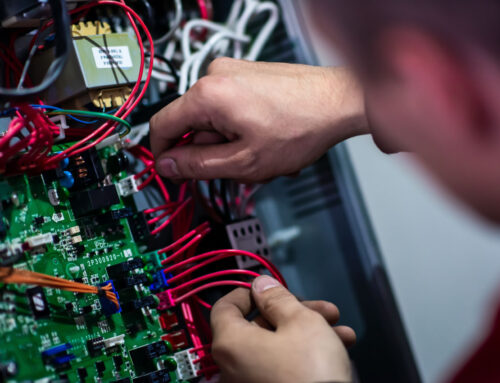Introduction
In industrial settings, proper electrical cable layouts are essential for ensuring safety, efficiency, and reliability. Understanding the cable layout meaning, planning, and design can help you optimize your facility’s electrical infrastructure.
This guide will delve into the significance of electrical cable supply, the components of a cable layout plan, and the intricacies of electrical cable design.
Electrical Cable Supply: Key Considerations
Securing a reliable electrical cable supply is the first step in any industrial project. Quality cables are crucial for maintaining the integrity of your electrical system. Industrial environments often demand cables that can withstand harsh conditions, including high temperatures, moisture, and mechanical stress.
Therefore, it is essential to source cables from reputable suppliers who offer products that meet industry standards. Investing in high-quality cables ensures long-term reliability and safety for your facility.
Cable Layout Meaning and Importance
Understanding the cable layout meaning is vital for any industrial electrical project. A cable layout refers to the arrangement and routing of electrical cables within a facility.
This layout must be meticulously planned to prevent electrical interference, ensure easy access for maintenance, and comply with safety regulations.
A well-thought-out cable layout minimizes the risk of electrical faults and optimizes the performance of your electrical system.
Creating an Effective Cable Layout Plan
A comprehensive cable layout plan is a blueprint for installing electrical cables in an industrial setting.
This plan includes detailed schematics that show the routing paths, connection points, and termination details of all cables. Key elements of a cable layout plan include identifying the types of cables required, determining the best routing paths to avoid interference, and ensuring compliance with electrical codes and standards.
Proper planning also considers future expansion, allowing for easy upgrades and modifications.
Electrical Cable Design: Factors to Consider
Electrical cable design involves selecting the appropriate cables and configuring them to meet the specific needs of your industrial facility.
This process includes choosing cables with the right electrical characteristics, such as voltage rating, current-carrying capacity, and insulation type. Additionally, the design must account for the number of electrical cable layers required to protect against environmental factors and physical damage.
A well-designed cable system ensures efficient power distribution and reduces the likelihood of electrical failures.
Understanding Electrical Cable Layers
The electrical cable layers are crucial for ensuring the durability and safety of the cables. These layers typically include a conductor, insulation, shielding, and an outer jacket.
The conductor is the core of the cable, responsible for carrying electrical current.
The insulation layer prevents electrical leakage and protects against short circuits.
Shielding reduces electromagnetic interference, and the outer jacket provides mechanical protection.
Understanding these layers helps in selecting the right cables for your industrial application.
Optimize Your Industrial Electrical System Today
Proper electrical cable layouts are fundamental to the success of any industrial electrical project.
By securing a reliable electrical cable supply, understanding the cable layout meaning, creating a detailed cable layout plan, and considering all aspects of electrical cable design, you can ensure a safe and efficient electrical system.
Contact RBT Automate today at 519-752-3675 to consult with our expert industrial electrical contractors and optimize your facility’s electrical infrastructure.
Let us help you design and implement the best cable layout for your industrial needs.






